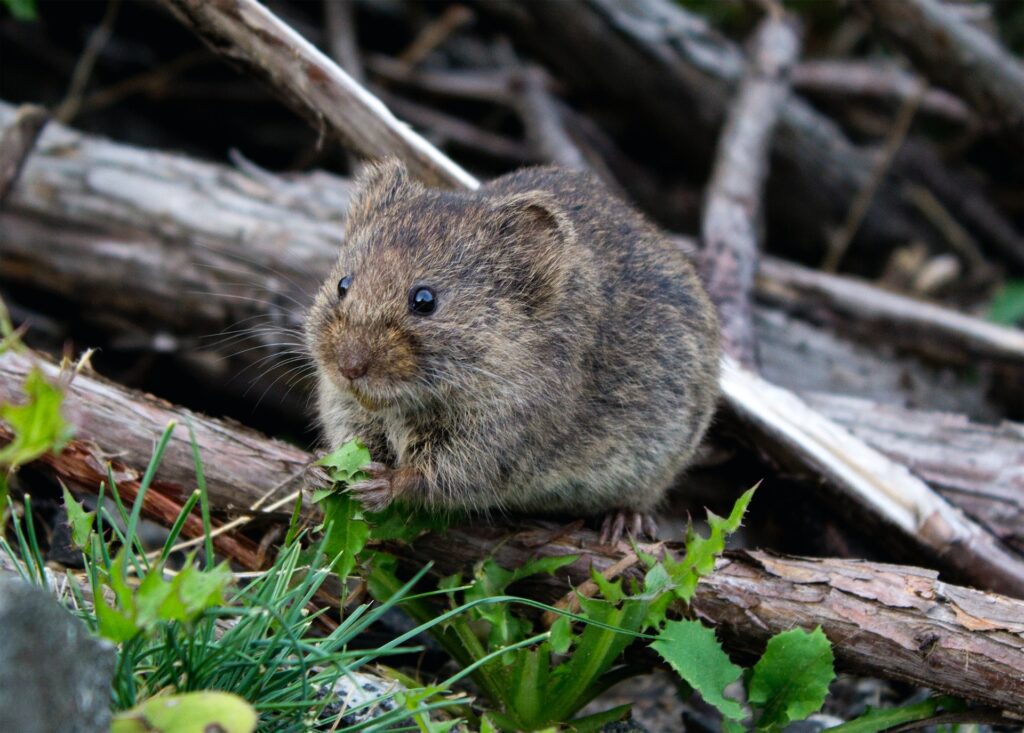Understanding the Widespread Issue of Mice Infestation
Mice infestation is a widespread issue that affects households and businesses around the globe, becoming particularly prevalent during the colder seasons. These seemingly small creatures are more than just a minor inconvenience. They can pose significant health risks due to the diseases they carry, and can also cause substantial damage to property.
Mice are incredibly adaptable and can thrive in various environments, from rural farms to urban apartment complexes. They have a prolific breeding cycle, which makes it especially challenging to control their population once they have established themselves in a specific area. Moreover, they have a diverse diet, consuming almost anything they come across, from grains and plants to leftover human food.
Their small size allows them to squeeze through tiny gaps and cracks in your home or business, making it easy for them to infiltrate these spaces in search of food and shelter. Once inside, they can damage insulation, electrical wiring, and even structural elements of buildings by gnawing on them.
This common problem of mice infestation, therefore, requires a strategic and effective approach to prevention and eradication. It is essential to have an understanding of the various methods to deter these pests, including the use of specific scents and essential oils.

The Extensive Damage Mice Inflict and the Imperative of Their Deterrence
Mice are far from harmless. Although small in size, they can cause extensive damage to our homes, gardens, and even our health. Mice have continuously growing incisors, which they keep in check by gnawing on almost anything they come across. This includes wires, wooden furniture, and insulation, leading to property damage and, in worst-case scenarios, causing fires from chewed electrical wiring.
Beyond material damage, mice can ruin food stores by eating through packaging and contaminating food with their droppings, resulting in considerable economic loss. Moreover, mice are known carriers of various diseases such as salmonella, hantavirus, and even Lyme disease, posing significant health risks to humans and pets alike. Their feces and urine can contaminate surfaces and food, leading to the spread of these diseases.
Given the potential for harm and the rapid reproduction rate of mice, it’s essential to deter them before they settle in. Mice infestations can grow quickly; a single female can give birth to about 60 young each year. Therefore, timely prevention and deterrence are key to maintaining a mouse-free home and mitigating the risks associated with these pests. Understanding the habits of mice, identifying signs of their presence, and using appropriate deterrents can help homeowners keep these pests at bay.
Exploring Traditional and Alternative Mice Deterrents: The Role of Essential Oils
In the quest to rid homes and properties of these persistent pests, people have turned to a myriad of methods, each with varying degrees of effectiveness. Traditionally, the most common approaches to curbing mice infestations have included sealing up holes and entry points in walls, storing food properly in sealed containers, maintaining a clean and clutter-free environment, and using traps and poisons. These conventional methods, while effective, often require ongoing maintenance and can pose risks to non-target animals and humans, especially in homes with pets or small children.
The quest to find a safer and more natural deterrent to mice has led to the exploration of alternative solutions. One such alternative that has gained considerable attention is the use of essential oils. These are concentrated plant extracts that capture the plant’s scent and flavor, or “essence”. The power of certain smells to deter mice from making themselves at home in human residences has become increasingly popular.
Among the various essential oils touted as potential mouse deterrents, some of the most prominent include lavender, eucalyptus, peppermint, and even chili oil. The idea behind these scents as repellents stems from the fact that mice rely heavily on their sense of smell to navigate their environment and locate food. Strong odors can disrupt these activities and deter them from infesting certain areas.
While the usage of essential oils as mice deterrents is an exciting prospect due to their natural origin and minimal harm to the environment, their effectiveness can depend on several factors, including the concentration of the oil, the method of application, and the specific species of mice.
Harnessing the Power of Lavender Plants as a Potential Mouse Deterrent
Lavender, a perennial plant known for its vibrant flowers and calming scent, has more benefits than just its aesthetic and olfactory appeal. Lavender plants are often discussed in the context of mouse deterrence due to their strong aroma which mice reportedly find off-putting.
The essence of lavender plants, particularly the potent essential oil derived from them, is commonly utilized in natural pest control strategies. The unique aromatic compounds in lavender essential oil are believed to act as a natural deterrent against various pests, including mice.
Many home and garden owners are now opting to use lavender plants around their property, or their essential oils within their homes, as a potential method of deterring mice. By incorporating lavender plants into the landscaping or the home environment, it is proposed that mice may be less likely to invade these spaces due to their aversion to the scent.
Related article: Russian Sage vs Lavender: What’s the Difference?
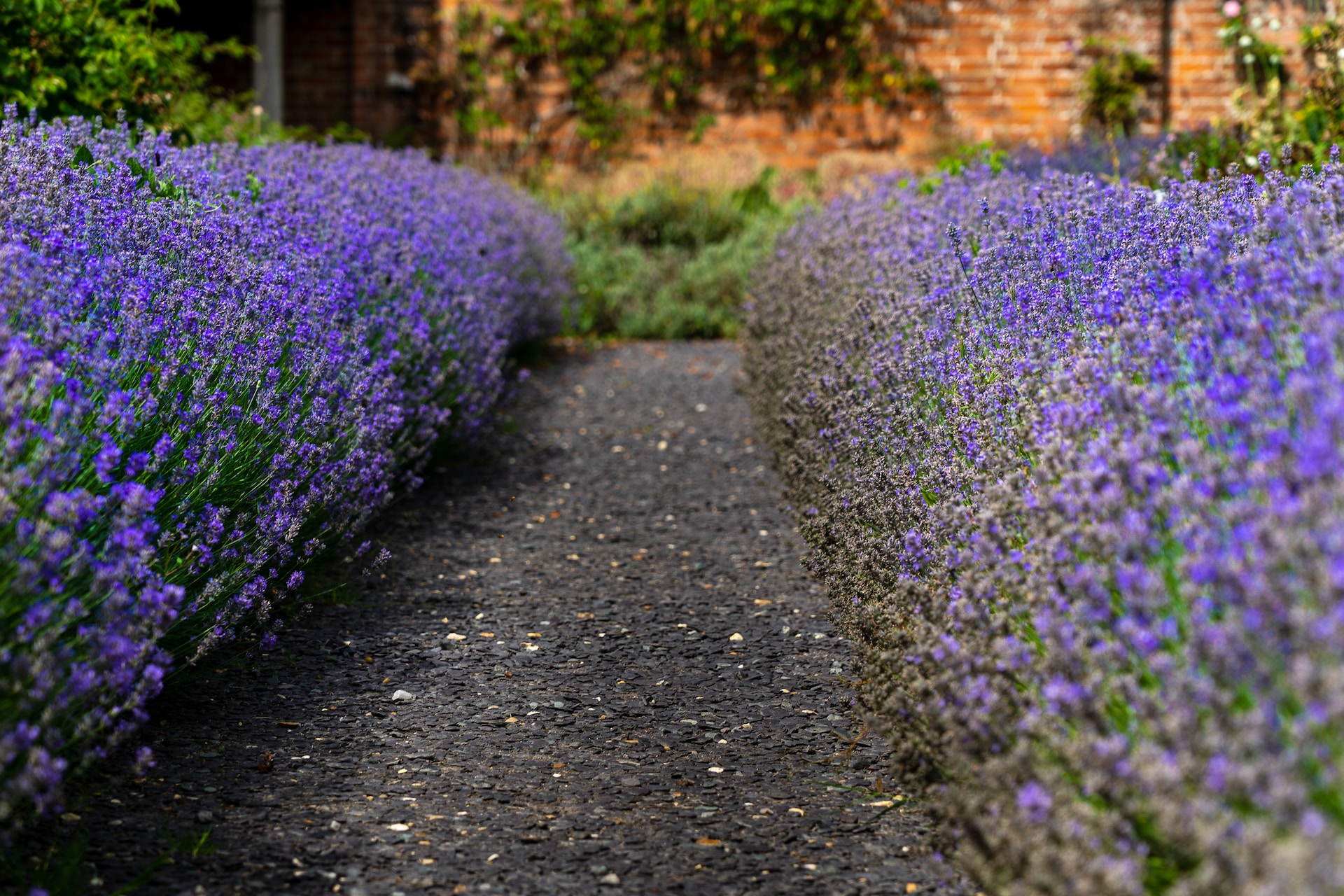
Lavender as a Mouse Deterrent
Lavender plants are renowned for their lovely fragrance and their vivid, colorful flowers, and may serve a practical purpose in your home as a potential mouse deterrent.
Strong Scent: Mice have a keen sense of smell, and they are typically repulsed by strong, potent aromas. Lavender, known for its strong scent, can act as a natural deterrent, turning your home into a less attractive habitat for these rodents.
Essential Oils: The oil derived from lavender plants, often used in aromatherapy for humans, could double as a mouse deterrent. The concentrated scent found in lavender essential oil may be even more effective than the plant alone in deterring mice.
Accessibility: Lavender plants can be grown both outdoors and indoors. This flexibility allows homeowners to strategically place these plants around the home, making the environment less inviting to mice.
Benefits and limitations of using lavender for rodent control
| Benefits of Using Lavender for Rodent Control | Limitations of Using Lavender for Rodent Control |
| Natural and Non-Toxic: Lavender is a natural plant, which makes it a safer choice for homes, especially those with children and pets. Unlike many chemical repellents and poisons, there’s no risk of toxicity. | Not Always Effective: The effectiveness of lavender can vary. Some mice may not be deterred by the scent of lavender, particularly if there is a strong incentive (like readily available food) for them to stay. |
| Easy to Use: Lavender can be used in many forms – as a plant, essential oil, or even dried flowers. Each form is easy to use and distribute around your house. | Scent Fades: The smell of lavender, especially from essential oil, fades over time and needs to be reapplied regularly. This means maintaining its effectiveness can require a good deal of effort. |
| Pleasant Aroma: Unlike some other repellents, lavender has a pleasing aroma to humans. This means it can freshen your home while also serving as a deterrent. | Not a Standalone Solution: Lavender is not a catch-all solution. It’s best used as part of a comprehensive pest management plan that also includes sealing off entry points, proper food storage, and maintaining cleanliness. |
| Versatility: Lavender plants can be grown both indoors in pots and outdoors in gardens, making it a versatile choice. It can deter mice from entering the home and reduce the likelihood of an outdoor infestation. | Growing Conditions: Lavender plants require specific growing conditions. They need lots of sunlight and good drainage to thrive. These requirements may limit where you can effectively grow and use them. |
Methods To Use Lavender To Repel Mice
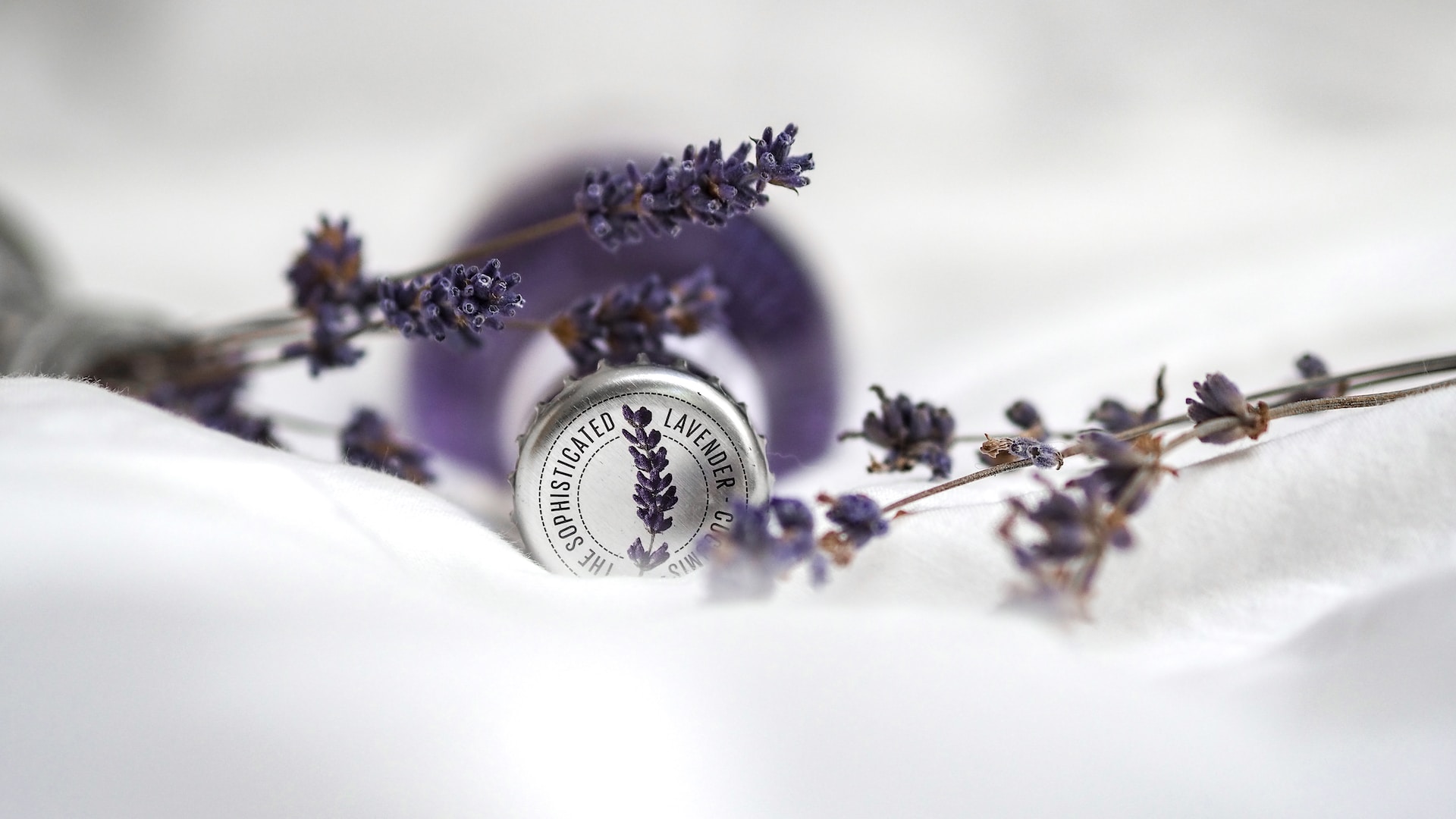
Lavender Essential Oil Spray
You can make a DIY lavender essential oil spray by mixing several drops of lavender oil with water in a spray bottle. Spray this mixture around potential entry points and areas where you have noticed mouse activity.
Dried Lavender
Place sachets of dried lavender near potential entry points, in corners, and in any areas where you have seen mice. The scent of dried lavender can be strong and lasting, making it a good option for these targeted placements.
Lavender Plants
Growing lavender plants around your home or even indoors in pots can help deter mice. Mice dislike the smell of lavender, so having the plant itself can work as a natural deterrent. Plant them near entrances, around the foundation, or use potted plants inside to deter indoor mice.
Cotton Balls with Lavender Essential Oil
This is an easy and effective method. Soak a few cotton balls in lavender essential oil and place them in areas where mice are likely to pass through. The strong scent of lavender oil is known to deter mice. Remember to replace these cotton balls every few days to maintain their scent potency.
Lavender Sachets
You can also use lavender sachets. These can be bought pre-made or you can make your own by filling small bags with dried lavender flowers. Place these in drawers, closets, and other areas to keep mice at bay.
Lavender Sprays
Besides the DIY essential oil spray, you can also purchase commercially prepared lavender sprays. These are typically stronger and longer-lasting than homemade versions. Spray these in targeted areas or general traffic areas for mice to deter them.
Plant And Grow Lavender Plants
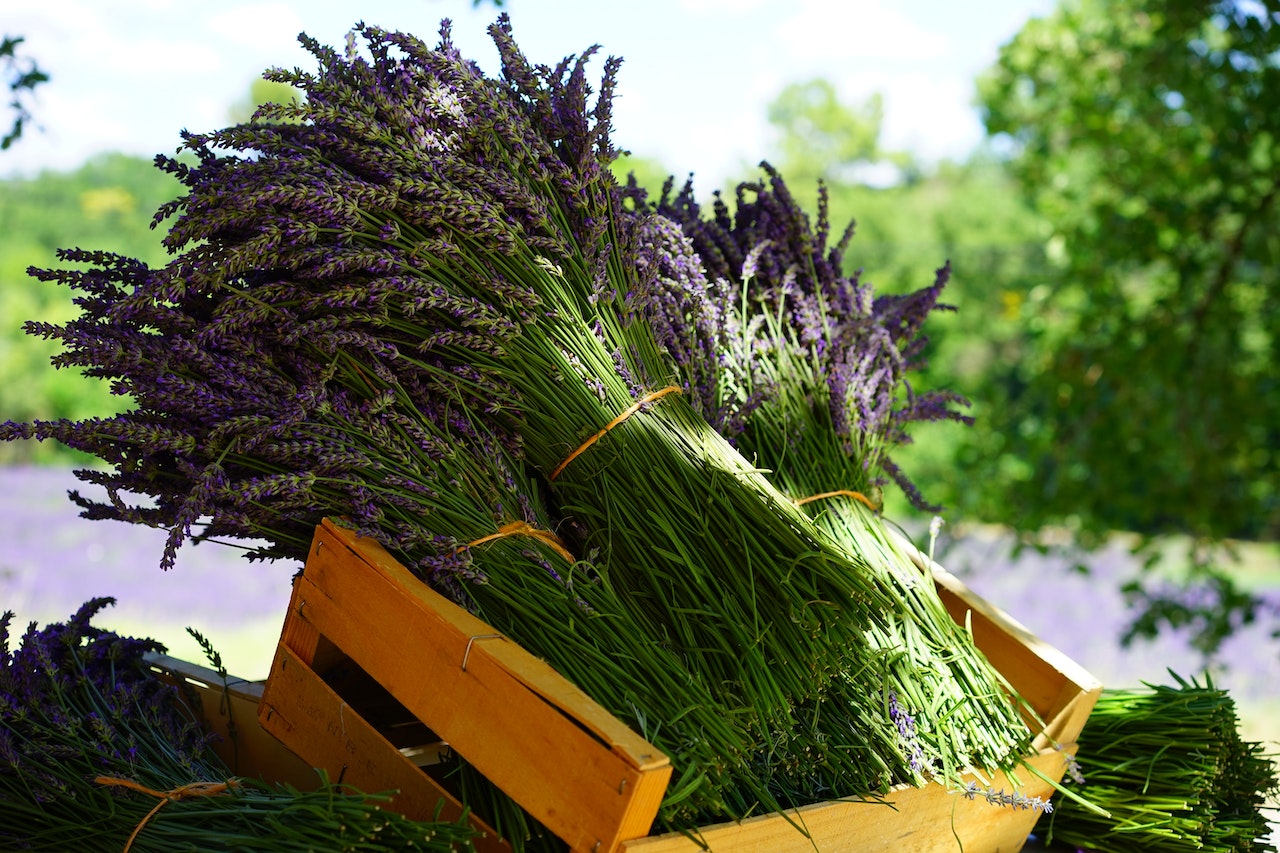
Choosing the Right Lavender Variety
Choosing the right lavender variety is the first and most crucial step to successfully growing lavender plants for the purpose of repelling mice. Lavender comes in a variety of species, each with its own unique characteristics and requirements. Understanding your local climate and soil conditions will help you choose the right variety for your specific needs. Here are the most common types you might consider:
- English Lavender (Lavandula angustifolia): This is the most common type of lavender and is highly praised for its rich aroma. English lavender is typically hardy in USDA Zones 5-8, and it does well in a variety of climates, from humid to arid. It prefers well-drained, slightly alkaline soil. It’s ideal for use in essential oils, sachets, and culinary applications, making it a versatile choice for those looking to repel mice in various ways.
- French Lavender (Lavandula dentata): This variety is known for its tolerance to humidity and can withstand a little more moisture than others. It thrives best in USDA Zones 8-11. Its leaves are toothed (hence the name “dentata”), and it blooms almost year-round in ideal conditions. However, its scent is not as strong as the English lavender’s, making it less effective if you plan to use the plant’s aroma as a deterrent.
- Spanish Lavender (Lavandula stoechas): Spanish lavender is a robust variety that’s resistant to drought, making it ideal for drier climates. It thrives in USDA Zones 8-10 and prefers well-draining soil. Its blooms are distinct, featuring a “rabbit ear” shape. While it has a strong aroma, it’s not as popular for culinary or oil uses as English lavender.
While all types of lavender are said to repel mice, the effectiveness can differ based on the strength of the scent. English lavender, with its strong aroma, is usually the preferred choice for repelling rodents. Be sure to choose the variety that best suits your region’s weather, temperature, and soil type to ensure healthy, thriving plants.
Selecting the Right Location
Choosing the right location to grow your lavender plants plays a vital role in their survival and effectiveness as a mouse deterrent. While these plants are relatively easy to care for, they have certain preferences when it comes to their location and conditions.
Full Sun Exposure
One of the key requirements for lavender plants is full sun exposure. These Mediterranean natives thrive under the sun and need at least six hours of direct sunlight each day for optimal growth and health. The sunlight doesn’t just promote growth; it also aids in the production of the essential oils in the plant that gives lavender its distinctive aroma – the very element that deters mice.
If you’re planting lavender in your garden, choose an open area that receives abundant sunlight throughout the day. Avoid spots that are shaded by trees or buildings. If you plan to grow lavender indoors in pots, place them near south-facing windows to ensure they receive plenty of daylight.
Good Drainage
Lavender plants have a strong dislike for water-logged conditions. They thrive in well-drained soil and can even withstand drought-like conditions. Excessive water can lead to root rot, a deadly condition for lavender plants. Whether you’re growing them in a garden bed or pots, ensure the chosen location or container offers good drainage.
For garden beds, look for a spot where water doesn’t pool after heavy rain. Raised beds or slopes are ideal as they naturally provide good drainage. If you’re planting lavender in pots, select ones with ample drainage holes at the bottom. Using a well-draining soil mix, possibly combined with sand, pebbles, or perlite, can further ensure that your lavender plants won’t be sitting in water.
Preparing the Soil
Lavender prefers alkaline, lime-rich soils with good drainage and we’ve put together some key factors you need to consider while preparing the soil.
Soil Type
Lavender plants originally hail from the Mediterranean region, an area known for its rocky, sandy, and slightly alkaline soil. Consequently, lavender plants are well-suited to well-draining, rocky, or sandy soils. If your soil is heavily clay-based or tends to retain a lot of water, you may want to amend it with some sand or small pebbles to enhance its drainage capabilities.
Soil pH
Lavender plants prefer alkaline soil with a pH between 6.7 and 7.3. While they can tolerate slightly acidic soil, they certainly thrive in more alkaline conditions. If you’re unsure of your soil’s pH, you can use a soil pH testing kit available at most garden stores. If your soil is too acidic, you can increase its alkalinity by adding lime.
Soil Enrichment
While lavender plants are relatively hardy and can survive in poor soil conditions, they’ll certainly do better in enriched soil. You can enhance your soil’s nutrient content by adding organic compost or well-rotted manure. However, avoid using nitrogen-rich fertilizers, as they can lead to leafy growth with few flowers and might lessen the concentration of essential oils in the plant.
Soil Preparation
Before planting, loosen the soil with a garden fork or tiller to about 12 inches deep. This helps to aerate the soil and allows the lavender’s roots to expand more easily. Mix in your sand, pebbles, or compost during this tilling process to evenly distribute it throughout the soil.
Planting Lavender Plants
Once your soil is prepared, you’re ready to plant your lavender. This process is relatively straightforward but is essential to get right for your lavender plants to grow strong and healthy.
Preparation
Start by watering your lavender plant while it’s still in the pot. This ensures the root ball is moist and ready for transplanting.
Digging the Hole
To plant your lavender, begin by digging a hole that’s approximately twice as wide and just as deep as the root ball of your lavender plant. This size gives the roots plenty of room to spread out and grow, which is essential for the plant’s stability and uptake of water and nutrients.
If you’re planting multiple lavender plants, make sure to space the holes about 18 to 24 inches apart. Lavender plants can grow quite large, and they need plenty of space for airflow, which can help prevent fungal diseases.
Planting the Lavender
Once your hole is dug, remove the lavender plant from its pot. Loosen the roots gently with your fingers if they’re tightly packed or wound around the inside of the pot. This encourages the roots to spread out in the soil.
Place the lavender plant in the hole, ensuring the top of the root ball is level with the soil surface. Planting it too deep can lead to root rot, while planting it too high can leave the roots exposed and dry.
Backfilling the Hole
Backfill the hole with the soil you amended earlier, pressing it gently around the base of the plant. Avoid packing the soil too tightly, as this can prevent water from reaching the roots and may inhibit root growth.
Post-Planting Care
Water the lavender plant thoroughly after planting to help settle the soil. However, be careful not to overwater, as lavender prefers drier conditions. In the following weeks, water sparingly, but deeply. This encourages the roots to grow deeper into the soil in search of moisture, promoting healthier, stronger plants.
Remember, lavender is a drought-tolerant plant, meaning it’s better to underwater than overwater. Once the plant is established, it will only need watering during prolonged dry spells.
Other Essential Oils as Mouse Deterrents
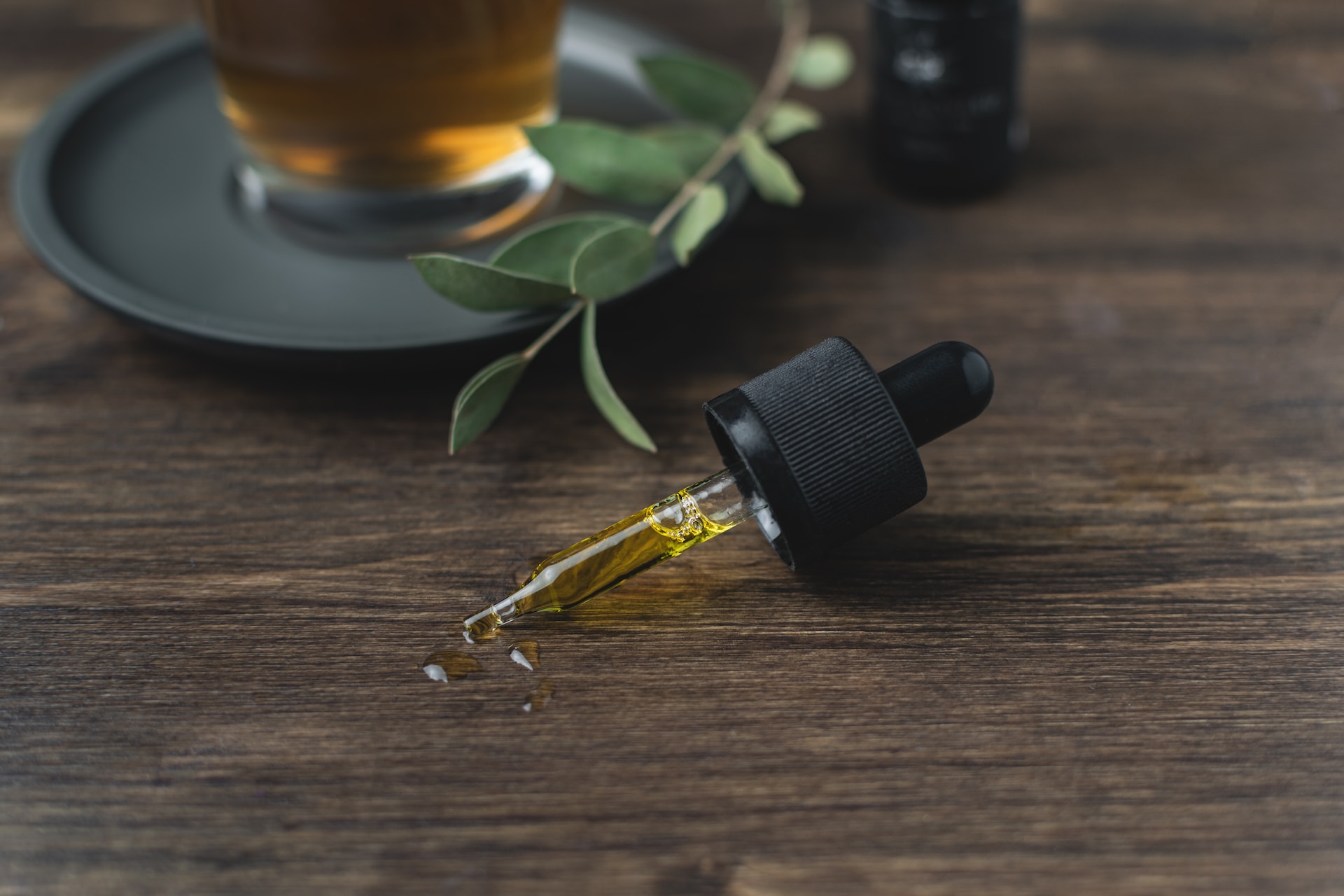
While lavender has been the primary focus of this article, it’s important to recognize that it’s not the only essential oil that has deterrent effects on mice. In fact, many essential oils with strong scents can discourage these pests, as their sensitive olfactory system is often overwhelmed by such intense aromas.
Peppermint Oil
Much like lavender, peppermint has a strong aroma that mice find unpleasant. Simply add a few drops of peppermint oil to cotton balls and place them in areas where you suspect mouse activity.
Eucalyptus Oil
This essential oil has a strong, camphorous scent that is known to deter many pests, including mice. You can make a spray by mixing a few drops of eucalyptus oil with water and spraying it around your home, particularly near potential entry points.
Citrus Oil
Mice dislike the scent of citrus fruits like lemon, orange, and grapefruit. These oils can be used in the same way as peppermint and eucalyptus oils.
Clove Oil
Clove oil has a strong, spicy scent that’s unpleasant to many pests, including mice. Mix it with water and use it as a spray in areas with mouse activity.
Rosemary Oil
Rosemary’s aromatic scent is pleasant to humans but can serve as a deterrent for mice. Make a spray or use cotton balls to apply rosemary oil in your home.
Tips on mice-proofing your home
Mouse-proofing your home is crucial in preventing a mice infestation or re-infestation. Here are some practical steps you can take:
- Sealing Off Entry Points: Mice can squeeze through incredibly small openings, some as small as a quarter of an inch. Inspect your home for any cracks, holes, or gaps, particularly around doors, windows, pipes, and wires, and seal them using materials like steel wool, hardware cloth, or caulk.
- Maintaining Cleanliness: A clean home is less attractive to mice. Regularly clean your home, paying special attention to the kitchen and dining areas where food particles might be left behind. Regular vacuuming and sweeping can remove potential food sources.
- Storing Food Properly: Always store food in airtight containers made of glass, metal, or heavy-duty plastic. Never leave food, including pet food, out overnight.
- Securing Garbage Cans: Ensure that your garbage cans have tight-fitting lids. If possible, keep your garbage cans in a secured bin or enclosed area.
- Removing Potential Nesting Areas: Keep clutter to a minimum, particularly in areas like the garage, basement, or attic, where mice might find potential nesting areas.
- Landscaping: Trim overgrown shrubs, trees, and grass around your home, as they can provide shelter and a pathway to your home for mice. Also, avoid storing firewood directly against your home’s exterior, as it can become a haven for mice.
Final Thoughts
Dealing with a mouse infestation can be a daunting task due to the extensive damage these tiny creatures can cause. However, natural deterrents like lavender plants and other essential oils offer a safe and eco-friendly approach to keep these pests at bay. With their aromatic properties, they can help deter mice, adding an extra layer of defense to your home.
Additionally, combining these natural solutions with preventive measures such as sealing off entry points, maintaining cleanliness, proper food storage, and regular landscaping can further fortify your home against mice.

